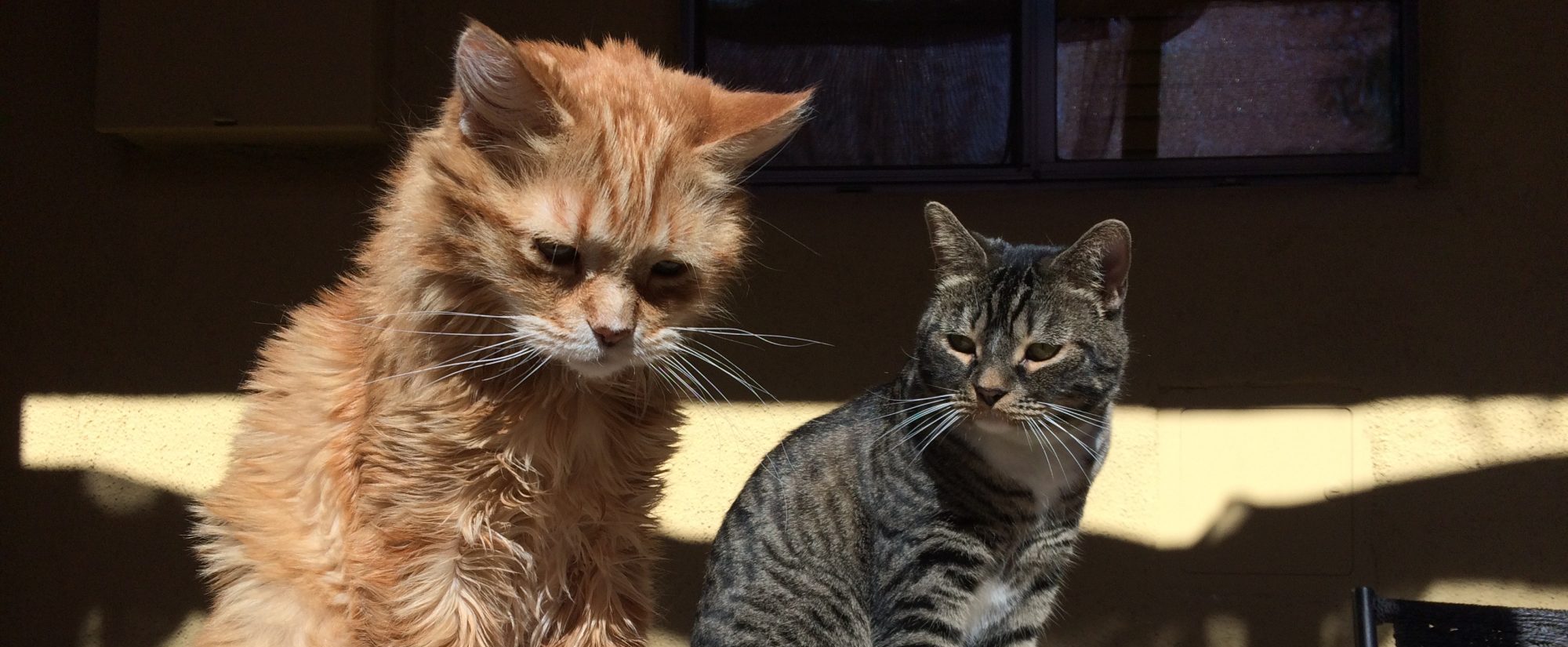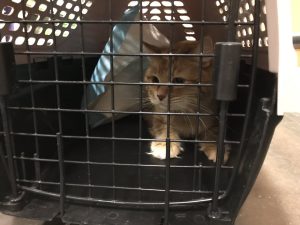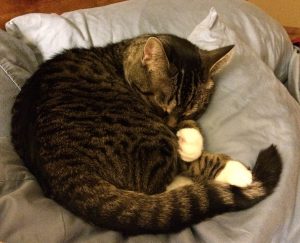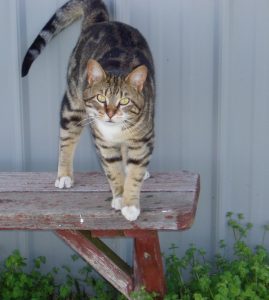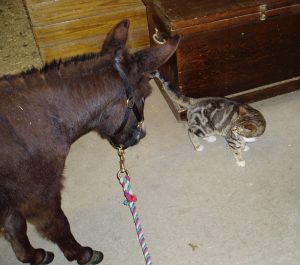Continuing in the theme of my kittieconomics posts, I want to discuss one of the larger, and less obvious, parts of my G&T related budget: pet sitting. The reason this is a (shockingly) large part of my cat budget is that I travel a lot, mostly for work. But even if you don’t travel as much as I do, you need to think about how to care for your pet when you go out of town at some point!

You have a few options for how to handle being gone. Some people have very low maintenance cats and are ok just leaving them with enough dry food (or an automatic dry food feeder) for a few days. Neither I nor my cats are chill enough for such an arrangement (and they eat wet food, which can’t be left out). I can’t handle leaving my cats alone for more than 24 hours, so they get a sitter even for overnight trips. I like to know that someone is checking on the cats every day, so any health issues that pop up will get noticed reasonably quickly. It also ensures that the litter boxes are always clean and that their wet food feeding schedule isn’t too disrupted by my traveling!

If you have a trusted nearby friend or neighbor to trade pet sitting duties with, that can be a great, low cost to free option for when you travel. I say low cost because unless you are swapping a fairly equal amount of pet sitting (or comparable favors), I think it’s nice to at least give a gift in exchange for pet sitting! I have totally done the occasional holiday cat sitting for free for friends and not minded at all, but if someone regularly takes care of your animals while you’re away and you can’t return the favor (because they don’t travel as much, or whatever), you’ll definitely want to figure out a way to thank them!
Another option is to take your pet to a boarding facility. This tends to be less ideal for cats than it is for dogs because cats are generally not comfortable in new situations, so boarding them can be very stressful. One advantage boarding facilities have over asking someone to visit your home once or twice a day is that your pet can be more closely monitored. This can be important if they need frequent medications or are having health problems. I have boarded Tycho at PetSmart’s Pet Hotel a few times over our 11 years together because I was too worried about his health to leave him alone at home during a trip (his Banfield vets were in the same store if problems came up!). But in general I don’t really like boarding for cats. They’re much happier staying in their own home environment!
My solution when I travel is almost always to hire a professional pet sitter to visit G&T once a day at home. I like this because I travel too much (and live on the wrong side of town) to ask friends to pet sit as a favor. I also feel more comfortable giving this job to a pro, just in case something goes wrong! I contract my pet sitter through a company, Fetch Pet Care. The company has locations in many cities where a local franchise owner manages a whole bunch of local pet sitters who have been approved and have gone through appropriate background checks, etc. I have a primary sitter who came over to meet me and the cats before her first assignment with them. She is almost always the one who takes care of G&T when I’m gone, and she keeps a copy of my house key so she can be called upon whenever. But the nice thing about using a company rather than just one individual is that the owner also has a key and a copy of the instructions for taking care of the cats. So if my primary sitter becomes ill (or otherwise becomes unavailable) while I’m gone and suddenly can’t take care of G&T, there’s a built in backup. It also means that if she happens to be on vacation when I’m traveling, the company can easily send someone else without me having to worry about setting up a time to meet, hand over keys, etc. I’ve been a Fetch customer for about 10 years now and I have been super happy with them.
Of course, the downside of professional pet sitting is the expense. Daily charges vary depending on where you live, but for me it’s $23 per visit (the pet sitter stays for about 30 minutes each visit to cuddle/play with the cats, feed them, and take care of their litter boxes). When you think about the fact that someone has to spend time commuting to and from your house as well as the time spent with the pets, it’s an entirely fair cost. But it does add up if you’re gone for a week or more at a time! However, I feel it’s worth it for the peace of mind from knowing that a professional is looking after G&T. It’s also super handy when I have (inevitable) travel delays to be able to just text the sitter to add an extra visit as necessary.
So, before you adopt a new pet, make sure you think about how you will handle taking care of them when you travel! You might need to adjust your pet-related budget to include the use a professional pet sitter. (And if you travel as often as I do, be ready for it to be a large portion of your pet budget!) If you already have pets, let me know how you handle being gone!
